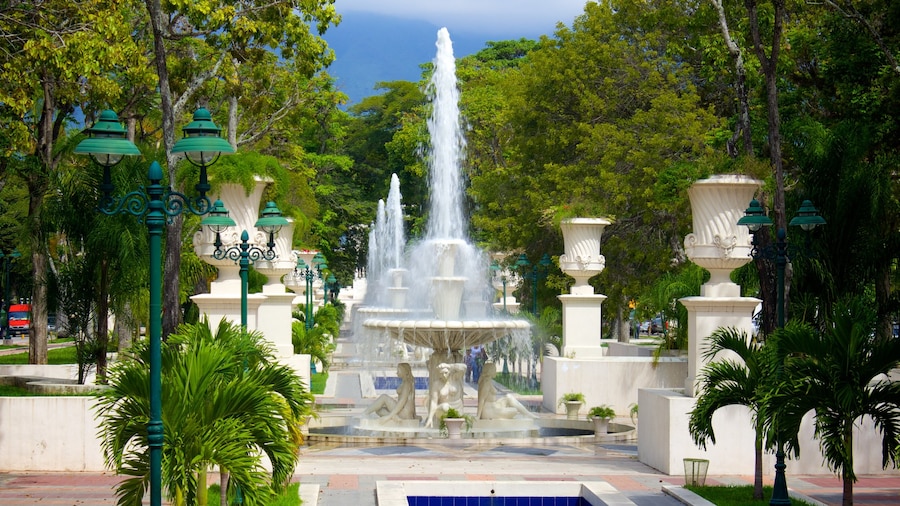Established in 1721, the Central University of Venezuela is the country’s oldest university. Tour the academic institution’s main campus that encompasses a botanical garden, two stadiums, concert hall, artworks and examples of modernist architecture.
The vast grounds were devised by Carlos Raúl Villanueva, a London-born Venezuelan architect who was a pioneering figure in the modern movement of architecture. He worked with a number of renowned avant-garde artists and their guiding principle was to create spaces where architecture and nature can exist in harmony. Construction took place between 1940 and 1960.
Allow at least half a day to see some of the major sites. Visit the 160-acre (65-hectare) tropical garden for its collections of cacti, orchids, palms, pandanuses and many other species. Here, you can learn about vegetation native to the country. For more nature, stroll through the green space known as No Man's Land.
Attend a choral or orchestral performance at Aula Magna, a large concert hall that’s also used for conferences and lectures. Marvel at the flying saucer-shaped disks above your head that are said to enhance the acoustics of the auditorium. They were designed by American sculptor Alexander Calder.
Go in search of some of the colorful wall murals and sculptures. They include the Cloud Shepherd by Hans Arp and L'Amphion by Henri Laurens.
The university campus also houses the 23,940-seat Olympic Stadium. Watch the home soccer teams of Caracas FC and Deportivo Petare play against their rivals. The sporting venue also hosts athletic competitions and concerts. Next door to the stadium is the Estadio Universitario de Caracas, a venue that can accommodate approximately 23,000 spectators. The arena is often used for baseball matches and practice sessions.
The Central University of Venezuela is located just to the east of downtown Caracas. Take the city’s metro system to the Ciudad Universitaria stop, which lies at the main entrance to the campus. Alternatively, arrive by bus or taxi.





